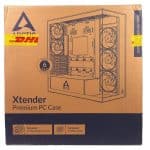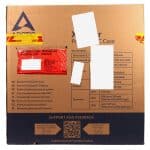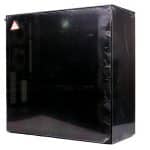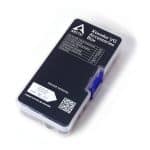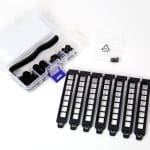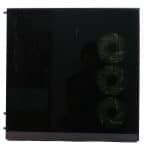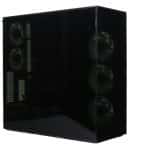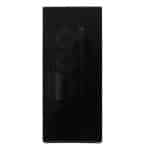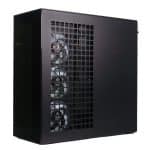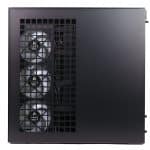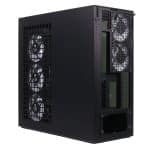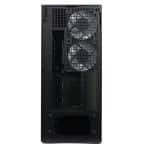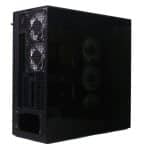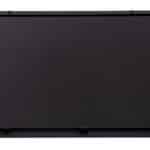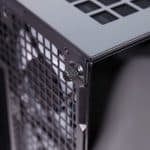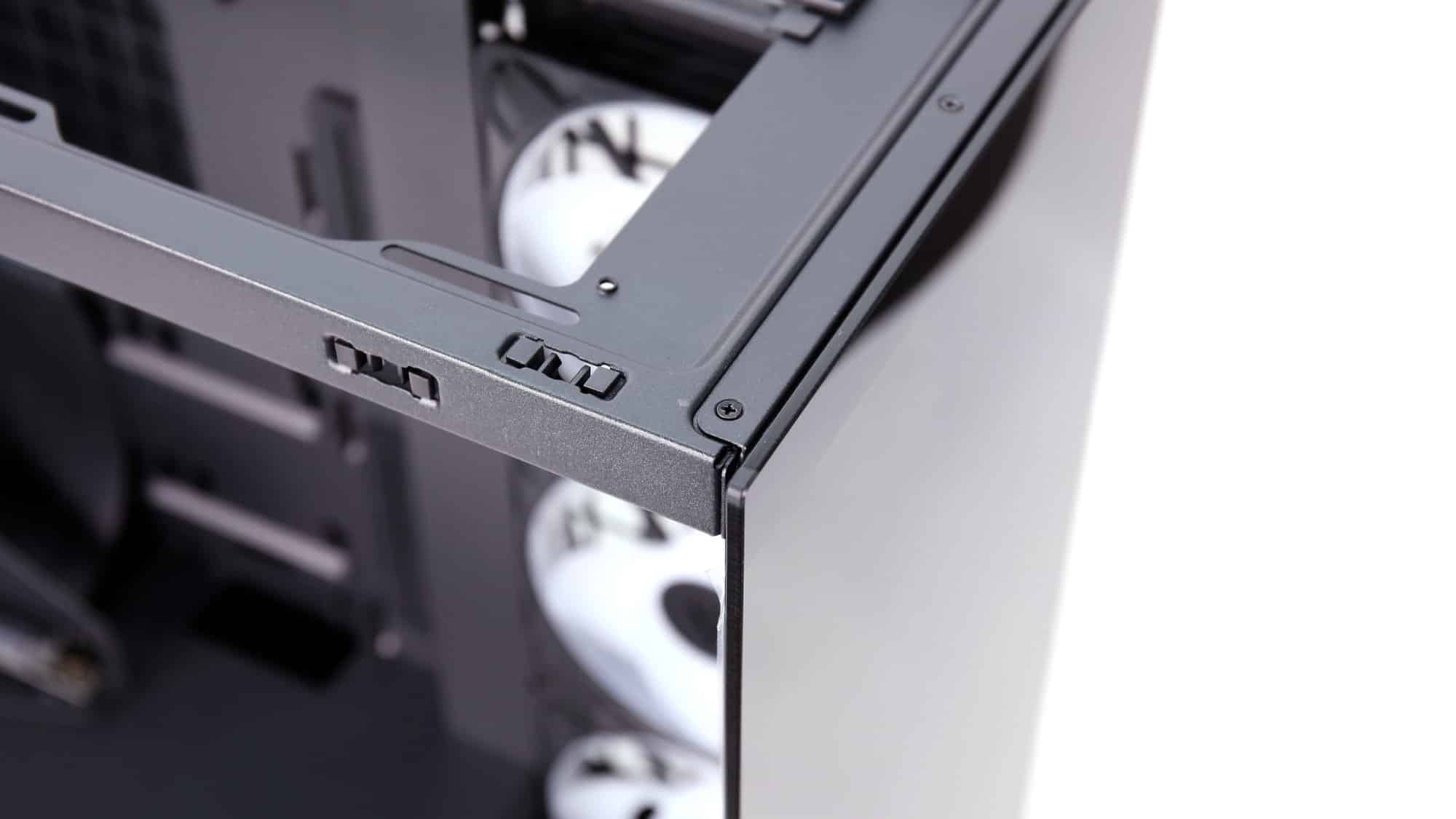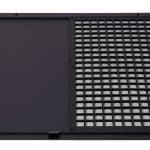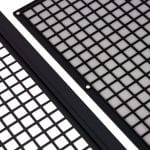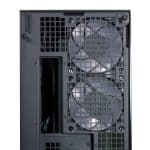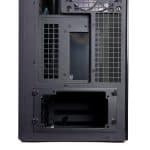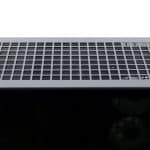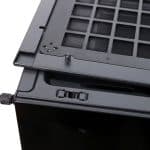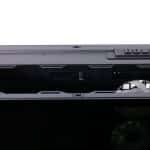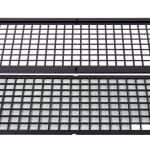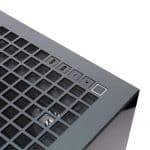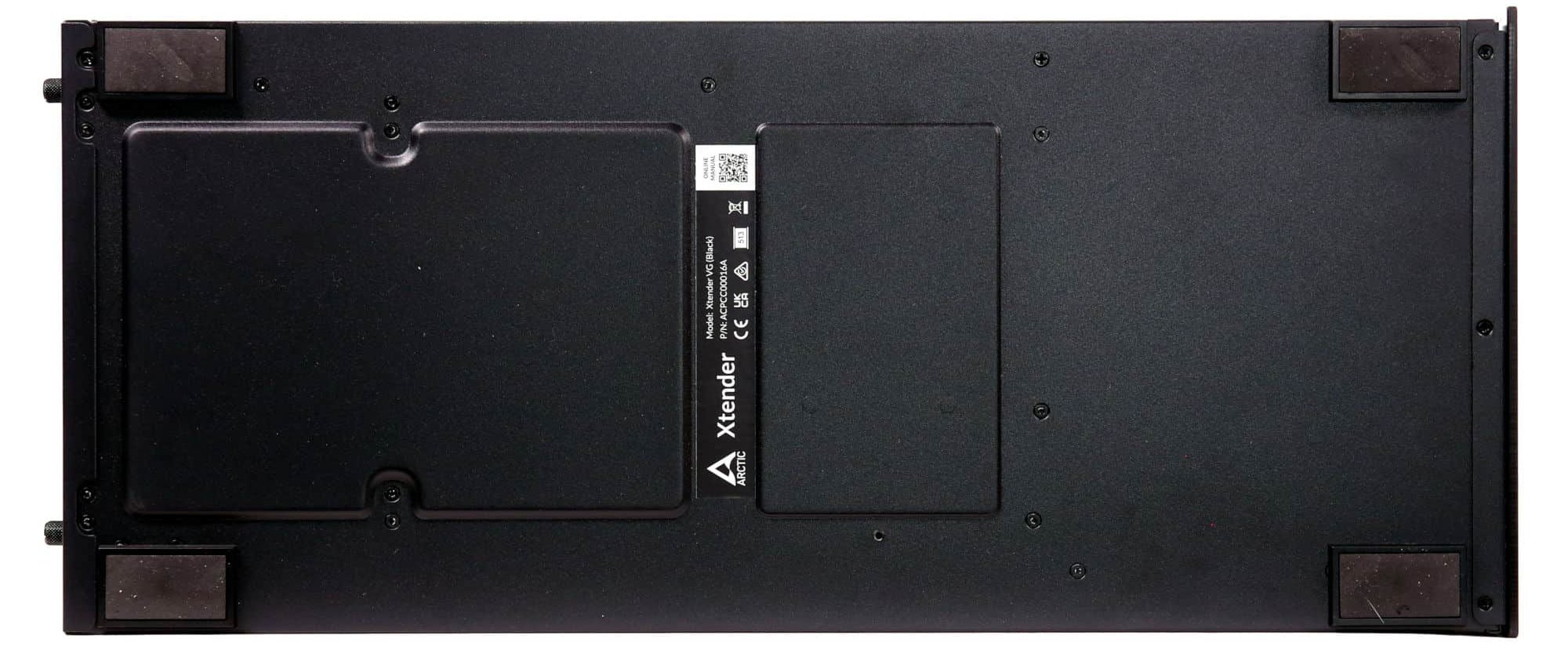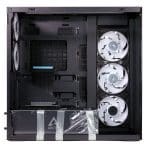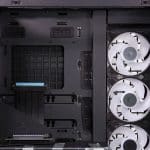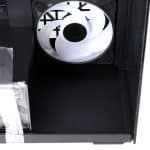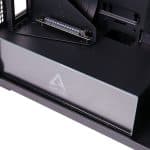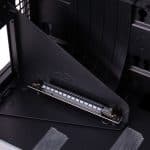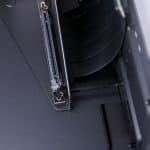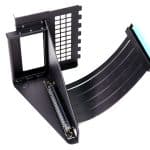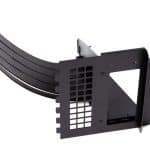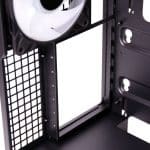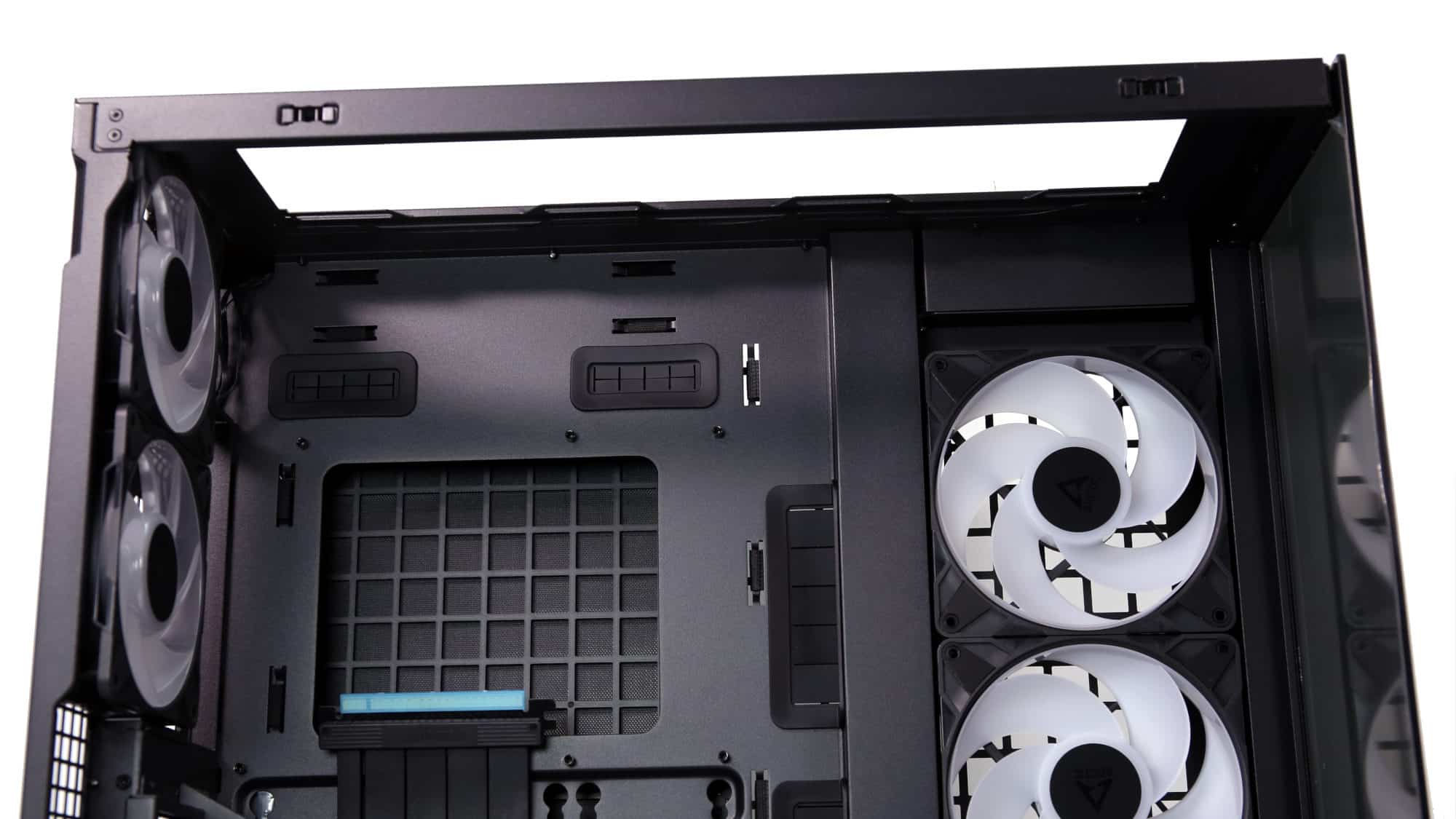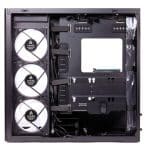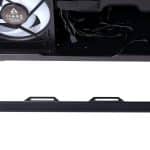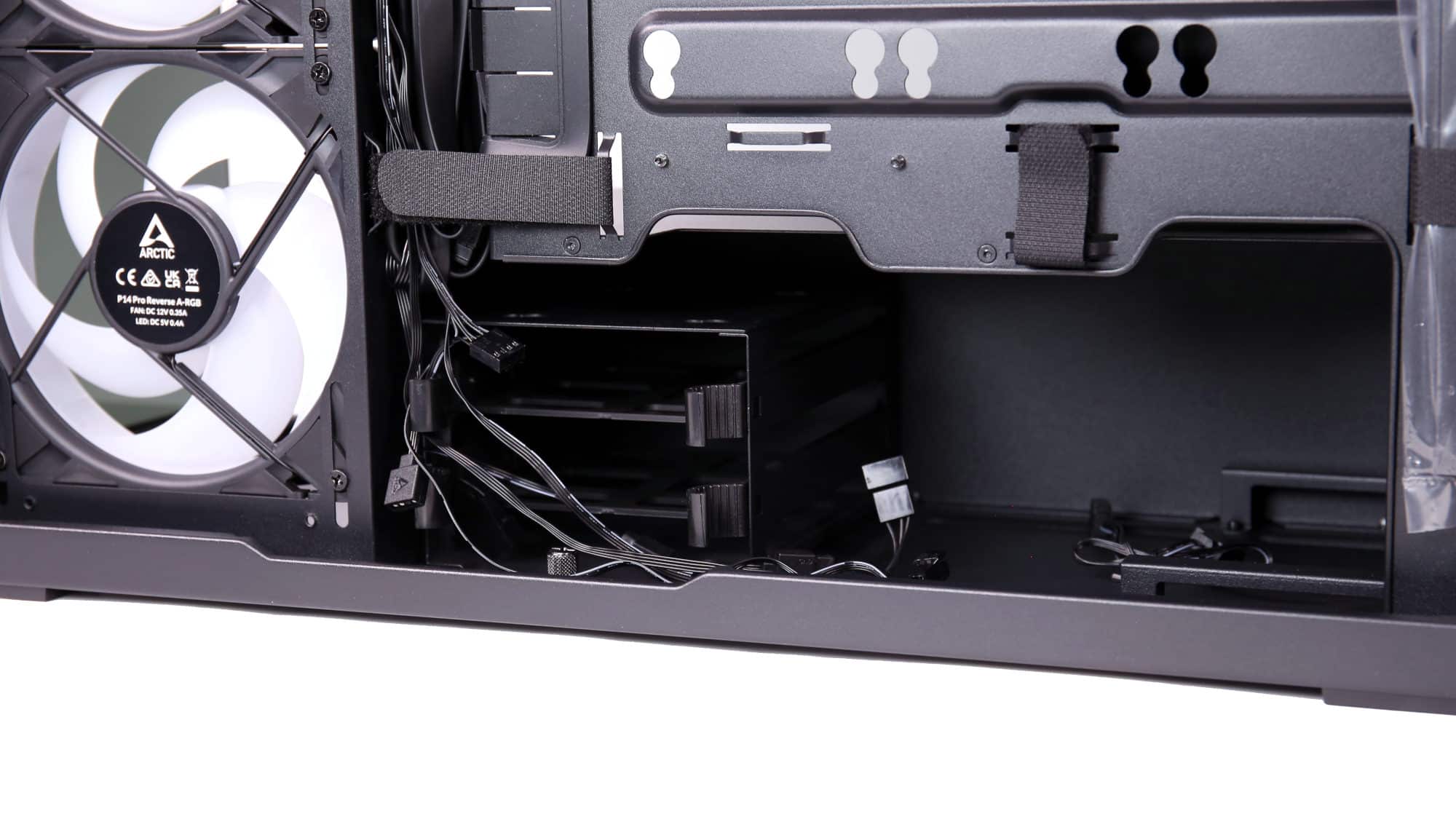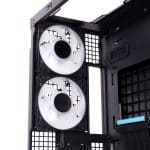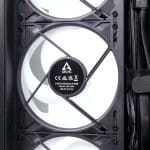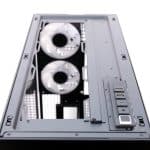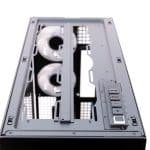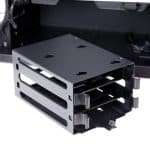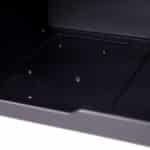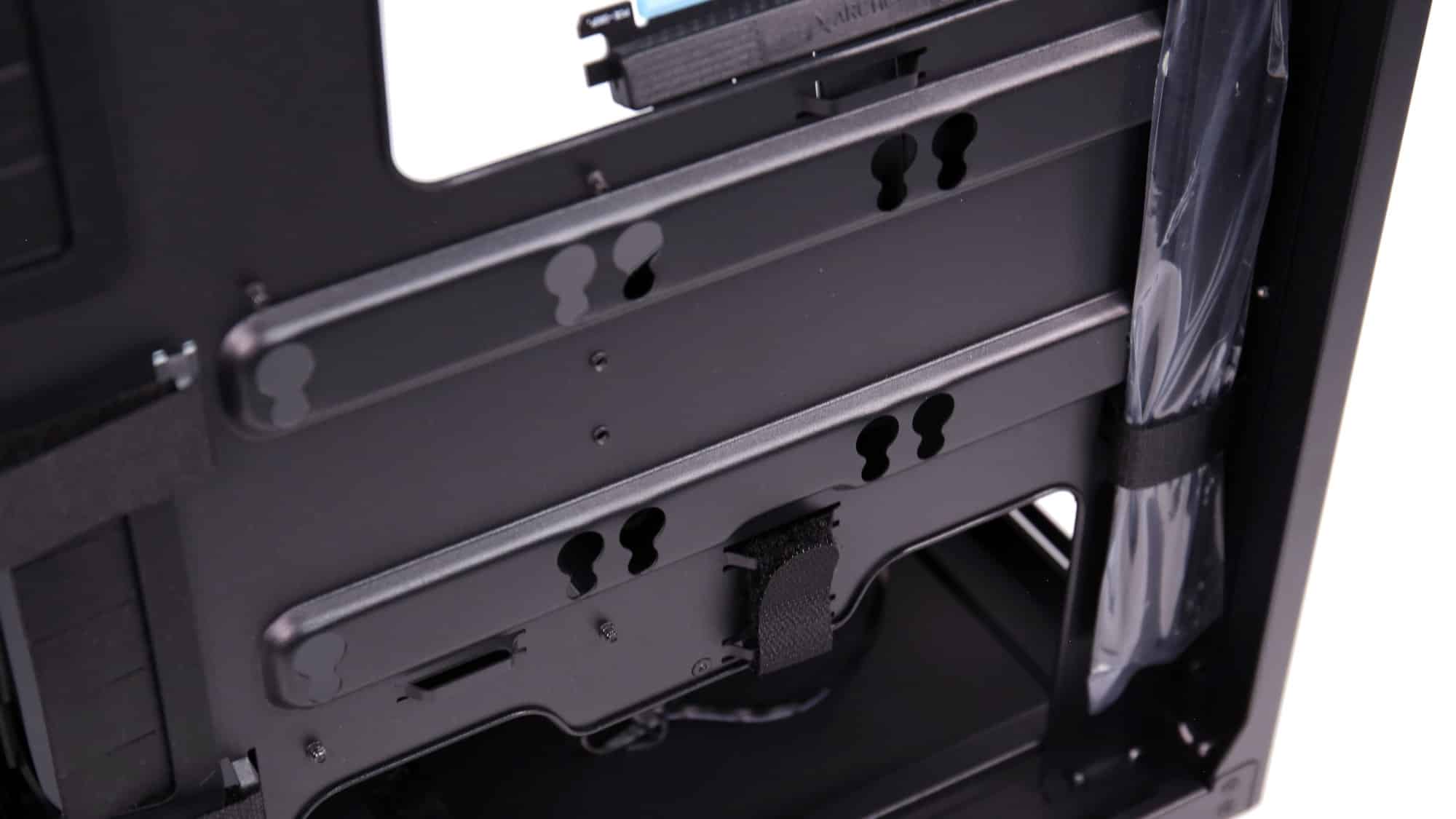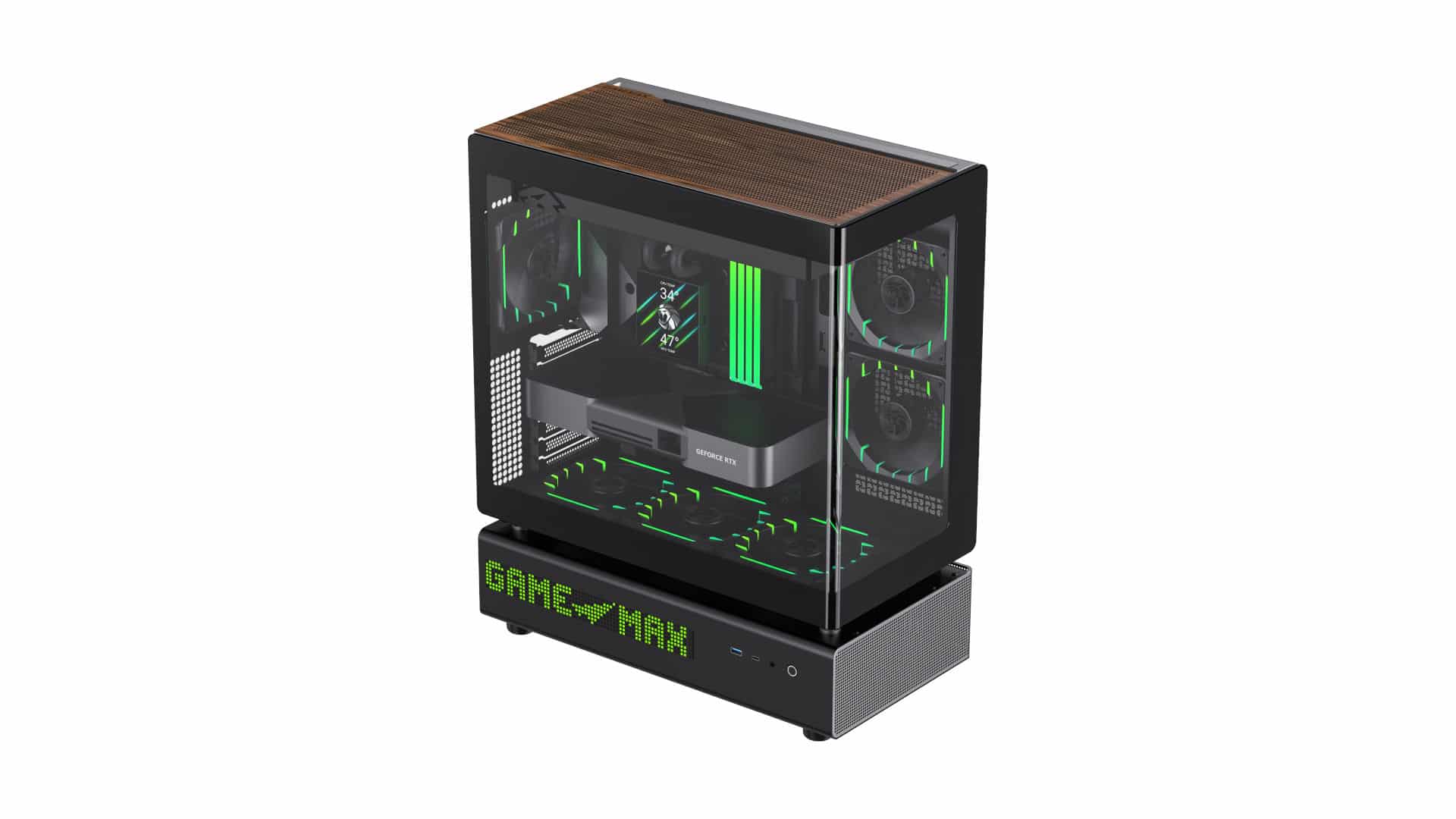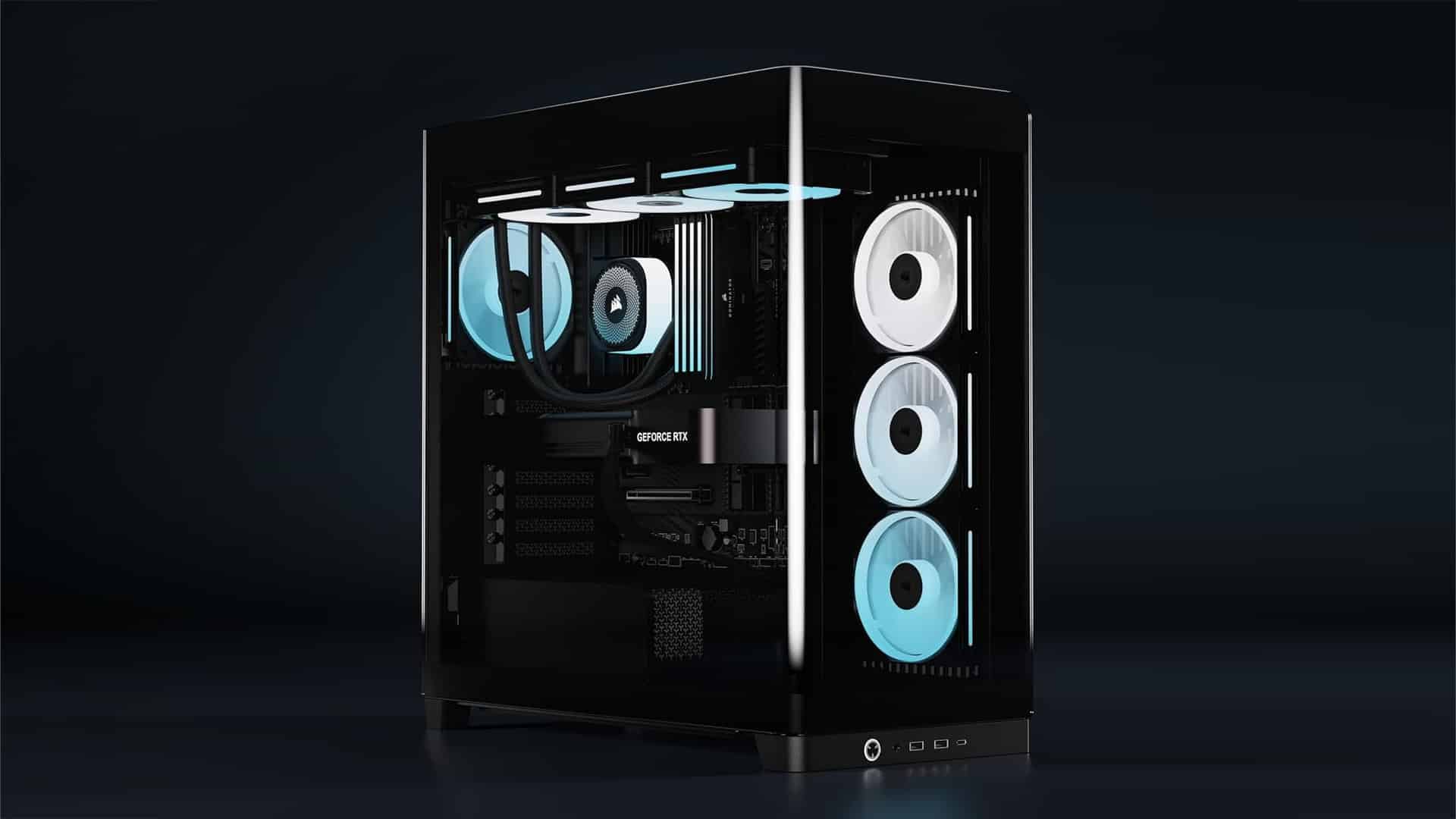Unboxing and First Impressions
Let’s start with the unboxing. Getting the box on the table was a demanding task, hinting at both the size and likely the build quality. A note on the outside warns that it weighs more than 15kg. At the top of the box, you’ll also find a QR code that links to the online manual. It’s large and hard to miss. The chassis itself is wrapped in a plastic bag and secured between two large foam pieces. One of these foam pieces has a cutout that holds the accessories box.
The accessories come in a plastic box with a latch, similar to those found in other cases, but this one features a sticker on top listing everything included. Inside, you’ll find:
- 15x #6-32 UNC Cheese Head Screws
- 18x 2.5-inch Drive Screws
- 18x 2.5-inch Drive Damping Rubber
- 5x Velcro Cable Ties
- 3x Motherboard Standoffs
- 20x M3 Washer Head Screws
- 7x Expansion Slot Covers
As for a manual, you won’t find one included in the box, but Arctic has made sure you’ll find it by placing the huge QR code on the outer box, as well as on the accessories box. There is another one at the bottom of the chassis, too.
The first impressions are pretty positive. After removing the protective stickers, you’re left with a striking black-tinted finish that adds a sense of mystery. Even with ample studio lighting, it’s still difficult to see inside. Moving the chassis around the desk was also a decent workout.
Design and Build Quality
The side of the chassis is entirely glass. The dark tint conceals the supporting metal frame, which wraps around the back edge—the frame slots into tabs at the bottom, with plastic ball clips securing the top. A single thumbscrew near the rear keeps it locked in place, while a small indent below makes it easy to remove.
The front panel has a similar finish. It can be removed, though not tool-free; you’ll need to take out three small Philips head screws at the top. For our build, removing it wasn’t necessary.
The steel back panel features perforations across the front half, giving a sneak peek at the fans. A dust filter sits behind it, but it had shifted during transport. This panel uses a thumbscrew for security, with a tab at the bottom and clips at the top, similar to the glass side panel.
At the rear, you’ll find two 120mm fans, the motherboard I/O cutout, PCIe slots, and the PSU mount at the bottom. The motherboard and slots are inset, leaving a lip that makes it easier to lift the chassis. The PSU bracket is held in place with four thumbscrews.
The entire top panel is perforated. It attaches with plastic ball clips and has a rear indent for removal. Beneath it, a magnetic plastic frame holds the dust mesh. Toward the front, part of the mesh doubles as the I/O panel, which includes an illuminated power button, two USB Type-A ports, one USB Type-C, and a combo audio jack. There’s no reset button.
The bottom of the chassis sits nearly flush with the floor, so there are no perforations there. Its low profile makes it harder to lift. The easiest method is to grip the rear lip, tilt it slightly, and slide a hand underneath.
Compatibility and Space Utilization
Inside, it’s clear that space won’t be an issue. On the right-hand side, you’ll see a stack of three 140mm fans running from bottom to top. Below the motherboard tray is the PSU shroud, which we’ll look at later. On its side is an illuminated acrylic panel with the Arctic logo etched into it. Above that, our review unit included a PCIe riser. Arctic also sells SKUs without it at a lower cost. Even if you buy the riser version, it can be removed and replaced with the slot covers included in the accessories box.
The riser itself is equipped with a PCIe 5.0 x16 interface. It and the vertical bracket can be removed using three screws: two at the expansion slots and one at the opposite end that anchors it to a motherboard standoff. It’s a clever design that keeps the PSU enclosure clean on top.
The motherboard area lacks cutouts for BTF connectors, likely because the design was finalized before that trend took hold. Above the motherboard, there’s ample space for cooling, along with rubber-grommeted cable passthroughs. More passthroughs are located along the side, while an opening at the top-left routes PWM and ARGB fan cables. This cutout lacks grommets since it isn’t visible.
The backside layout is carefully thought out. On the right-hand side, there’s a second cable rail similar to the one at the top, secured with Velcro straps. Additional straps are positioned at the top, bottom, and in a recessed area between the side-mounted fans and the motherboard tray.
At the bottom, there’s a storage cage on the left and PSU slots on the right. Airflow looks somewhat constrained here (something to confirm in testing). A 5V ARGB Gen 2 cable powers the illuminated Arctic logo panel, and its length is just enough to reach the bottom of the motherboard.
Cooling and Airflow
Cooling and airflow are key in a chassis from a cooling brand. Out of the box, you get five fans: three 140mm reverse fans set up as side intake, and two 120mm fans for rear exhaust. All include 5V ARGB Gen 2 connectors and daisy-chaining support; however, the cables are pretty long with small pigtail connectors, making cable management somewhat challenging. Unfortunately, no hub is included.
A neat feature of the chassis is the inclusion of two adjustable rails. One comes pre-installed at the top, as shown here, while the other is strapped to the backside of the motherboard tray for shipping. These rails allow you to adapt the 140mm-wide mounting slots to support 120mm fans instead, which is handy if you encounter clearance issues during your build.
Storage Options
For storage, the bottom cage supports two 3.5-inch drives, with an additional slot on top for a 2.5-inch drive.
Three more 2.5-inch mounts are located behind the motherboard tray. Overall, it’s a comprehensive setup that should meet the needs of most users.

